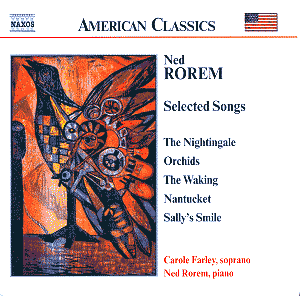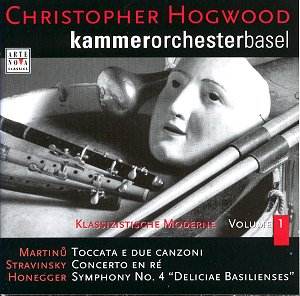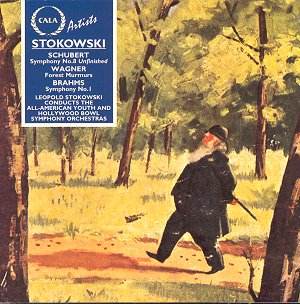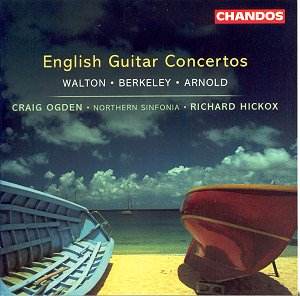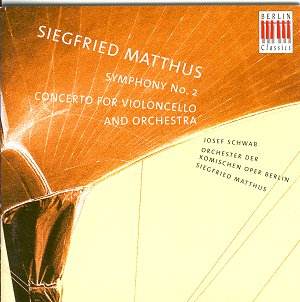 Composer: Siegfried Matthus
Composer: Siegfried Matthus
Works: Cello Concerto (1975), Symphony No. 2 (1976)
Performers: Josef Schwab (cello), Orchester der Komischen Oper Berlin, Siegfried Matthus (conductor)
Recording: Recorded September 1978, SRK Berlin
Label: Brilliant Classics
Siegfried Matthus, a significant figure in the landscape of 20th-century classical music, presents a compelling case for exploration with his Cello Concerto and Second Symphony, both recorded in 1978 and now available through Brilliant Classics. Matthus, born in 1934, has crafted a body of work that often bridges the gap between traditional forms and modern expression. The Cello Concerto, composed in 1975, stands as a substantial example of this synthesis, encapsulating a vivid emotional spectrum within a contemporary idiom that draws upon expressionism and the harmonic language reminiscent of contemporaries such as Alban Berg and Witold Lutosławski.
The Cello Concerto unfolds in three seamless movements, initiating with a striking brass motif that sets an immediately arresting tone. This movement captures a tumultuous emotional landscape, alternating between moments of serene introspection and turbulent outbursts. The choice to intersperse these contrasting episodes, grounded in thematic material introduced at the outset, showcases Matthus’s adeptness at thematic development. Josef Schwab, as the soloist, commands the cello with a profound expressiveness that oscillates between declamatory fervor and lyrical beauty. Particularly notable is the mid-movement cantabile section, where the cello entwines with a finely scored string backdrop, creating a moment of respite that serves as an emotional pivot in the movement’s narrative.
Transitioning into the Lento, the atmosphere shifts to a more contemplative realm, characterized by delicacy and nuance. Here, the orchestration lightens, allowing the cello to weave long melodic lines that evoke a sense of dreamlike introspection. The interruptions of more agitated material serve to remind the listener of the underlying tension that pervades the work, providing a compelling juxtaposition that deepens the emotional resonance. The final movement, a Prestissimo, emerges as a frenetic and vibrant rondo, propelling the listener forward while simultaneously engaging with the weight of the preceding movements. The conclusion, marked by an orchestral glissando, eschews traditional resolution in favor of a more ambiguous, yet powerfully expressive, dismissal—an artistic choice that mirrors the complexities of human experience.
Matthus’s Second Symphony, composed in 1976, shares thematic and emotional DNA with the Cello Concerto. Structured in four continuous movements, it underscores the thematic unity that defines Matthus’s compositional approach. The opening Sostenuto begins with an air of mystery, gradually yielding to assertive brass fanfares that introduce a prevailing sense of uncertainty. This ambiguity is a hallmark of Matthus’s style, and the movement’s lack of climactic resolution invites listeners into a world of introspection rather than overt drama.
The Scherzo section, marked Allegro assai, further develops this tension, its nervous energy leading seamlessly into the Lento—a movement that resonates with the reflective qualities found in the Cello Concerto’s slow section. The delicate scoring, featuring flutes and oboes, enhances the nocturnal atmosphere, although it too is punctuated by moments of agitation, creating a compelling interplay between serenity and unrest. The Finale, characterized by its rapid propulsion, concludes with a subdued questioning that leaves one pondering rather than celebrating—a fitting tribute to Matthus’s complex emotional landscape.
The recording quality is commendable, with the orchestral textures and solo lines distinct and well-balanced, allowing the listener to appreciate the intricate interplay between cello and orchestra. Conducted by Matthus himself, the performances benefit from a deep interpretative understanding that brings out the works’ emotional depth and structural clarity. While comparisons with other recordings of contemporary cello concertos may highlight the stylistic idiosyncrasies of Matthus’s voice, the integrity and communicative power of these performances stand solidly on their own.
Siegfried Matthus’s Cello Concerto and Second Symphony embody a rich tapestry of emotional and thematic exploration, deserving wider recognition within the canon of modern classical repertoire. The performances captured in this recording not only illuminate the composer’s distinctive voice but also invite cellists and orchestras alike to reconsider these works for contemporary concert programming, revealing a deeply human narrative that resonates with audiences today.
